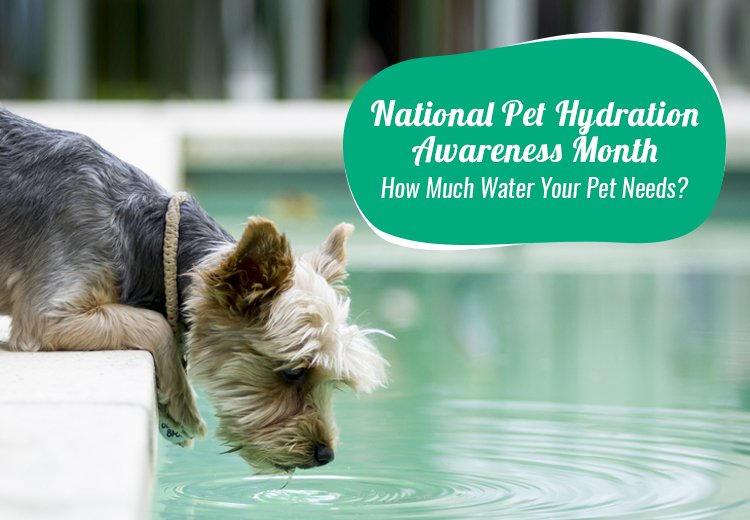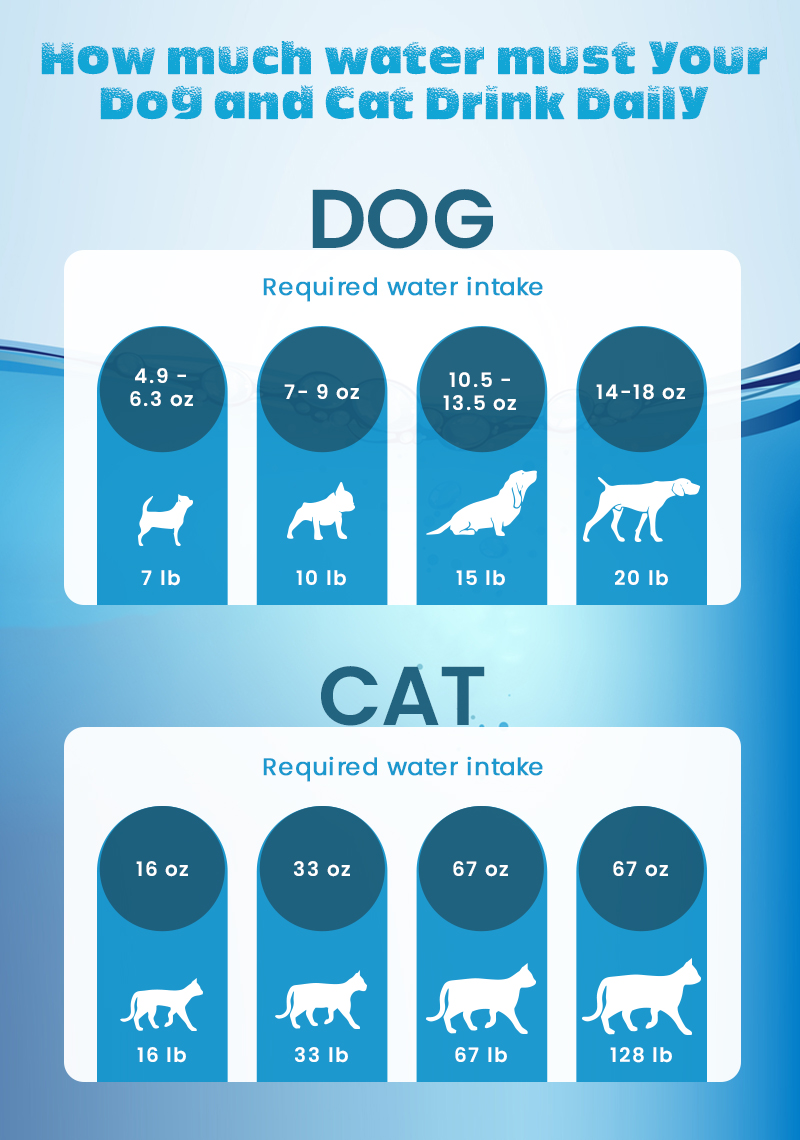 Jul 01, 2022
Jul 01, 2022

Summer is thriving and the heat wave has affected almost every part of the country. In these extreme temperatures it has become extremely important to remain hydrated. Water is extremely vital when it comes to living and our body has its own ways of telling us that it needs.
The human body requires water to perform day-to-day activities and our cells would stop working without being hydrated from time-to-time. Thus, it can be said that dehydration affects almost every part of our body and is a necessary requirement. Water is a necessity not just for us but for our pets too, and they require water for performing basic life functions. To raise the awareness about the importance of water intake in pets, the month of July is observed as National Pet Hydration Awareness Month.
Unlike humans, pets can’t ask for or have water whenever they are thirsty and this makes it extremely important for us to keep our attention on them to keep them hydrated. It is vital to monitor your pet’s water intake to ensure that they’re healthy and not dehydrated. Healthy pets regulate their water intake by themselves if they have access to clean water.
There are ways to increase your pet’s water intake. Some of these steps include:
It is not always easy to notice signs of dehydration in your pets. Unless your pet is very sick, it won’t show any symptoms of dehydration at all. However, there are some signs that you can look out for, especially if your pet has been playing outside:
If you notice any of these symptoms in your pets then you must rush to the nearest vet.
However, sometimes pets may drink more water than normal, which creates electrolyte disruption that causes toxicity. This can be caused by either fresh or salt water. Salt water causes an overdose of sodium which further causes hypernatremia. An overdose of any of these can be fatal in hours. Many times this happens when your pet has been playing in water for a long period of time and they tend to consume too much water. On the other hand, when pets do not have easy access to clean drinking water, they end up drinking foul water, which again causes toxicity. A few signs of water toxicity are:
How to prevent your pet from dehydration/water intoxication?
How much water does my pet need a day?
Your pet requires one ounce of water per pound of their body weight. For instance, a 10lb cat is required to drink about 10 ounces of water per day, while a 100lb dog needs to drink 100 ounces of water per day. Meeting this requirement is essential in order to keep your pet healthy and hydrated.

What are the benefits of keeping pets hydrated?
Most of the times, hydration is the most neglected part of the wellbeing of our pets.
Water helps in advancing sound organ and cell capabilities, giving versatility to body tissues, padding the joints, supporting the stomach-related framework, and assisting blood with circulating the oxygen throughout the body. In cats and dogs, water represents about 70-80% of their body weight and losing even 10% of it can cause serious complications.
Conclusion
Dehydration in pets, especially in cats and dogs, can cause a series of health problems including diarrhea, urinary issues, weakness, diabetes and it can even impact their kidneys. Although most pets have access to water at all times, they often do not intake enough on their own and thus your involvement in helping them consume enough water is necessary.
 Mar 11, 2024
Mar 11, 2024
As pet parents, we always want the best for our furry friends. One of the most important aspects of pet care is ensuring that they are free...
 Feb 14, 2024
Feb 14, 2024
Pet parenting is not a walk in the park, especially with insects like fleas and ticks around. However, the ever-evolving veterinary medicin...